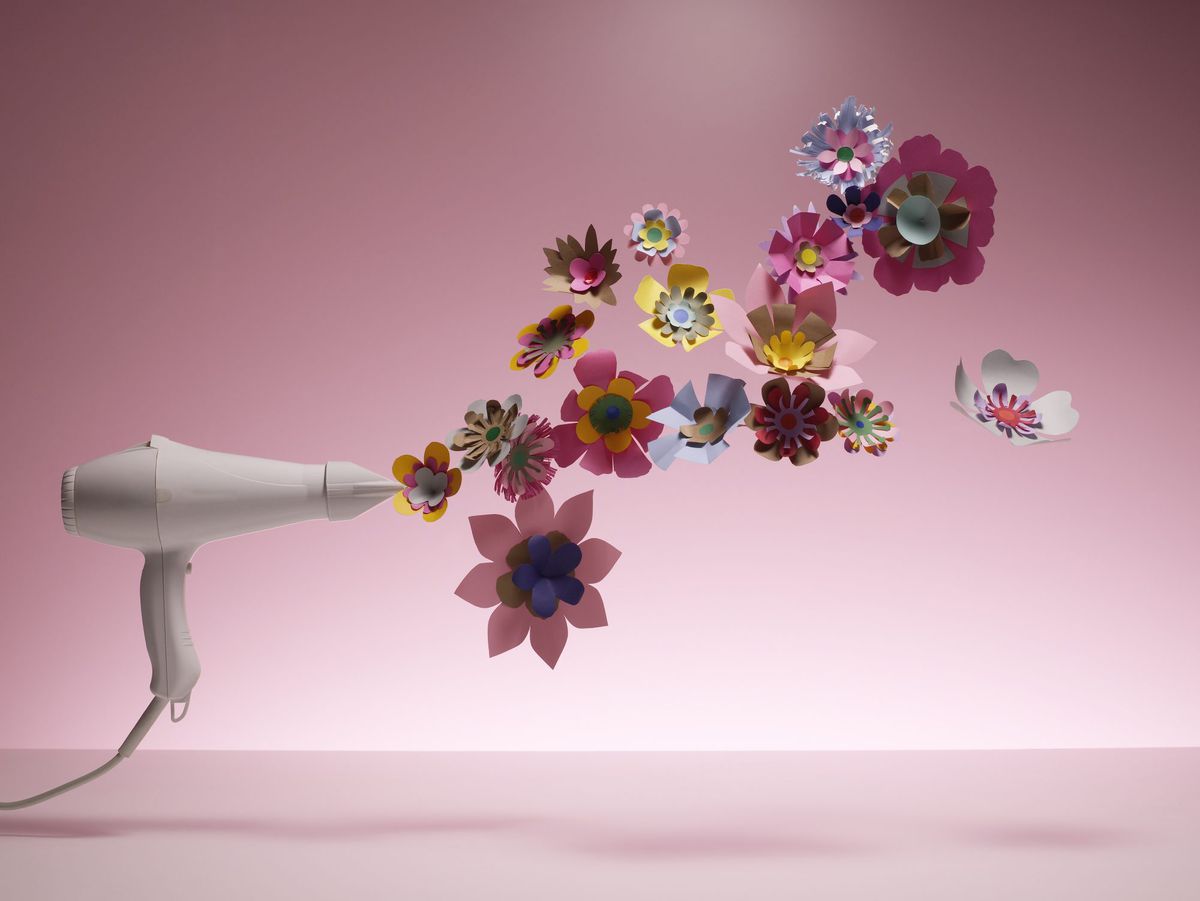Real talk: It didn't surprise us when we heard the chatter on the interwebs about how blow-drying your vulva after sex could lower your risk of a yeast infection. After all, 2017 has been the year of unusual vagina trends, such as detoxing your vagina with a jade egg or tightening it by placing a wasp nest up there. (Both bad ideas, as you probably guessed.)
But unlike these and other sexual health wellness fads, drying off your private parts post-sex at least has some sense to it, says Raquel Dardik, MD, a gynecologist at New York University Langone Health.
RELATED: Why You Need to Stop Wearing Underwear After Sex
“The logic does hold some truth, but only for the external vulvar area,” she tells Health. Yeast thrive in areas that are moist, so decreasing the moisture in your vagina after sex could in theory help reduce the level of yeast there, preventing an infection, she says.
Of course, don’t confuse blow-drying the vulva with the vagina, which technically refers only to the internal canal that connects your uterus to your vulva. “You can't blow-dry the vagina internally unless you place the blow dryer inside of you, which I would very much discourage women from doing,” warns Dr. Dardik.
RELATED: The Yeast Infection Symptoms Every Woman Should Know
As far as applying a surge of hot air to the vulva after sex, Dr. Dardik says there is very little risk other than burning yourself from a too-hot dryer. “However there is also no data showing that it actually helps [prevent a yeast infection],” she adds. Using a towel to gently wipe away postcoital dampness—whether it's from sweat, semen, vaginal fluids, or lubricant—will likely work just fine and require less effort on your part too.
So despite what you might be seeing in your social media feeds about blow dryers and vaginas, don’t count on your trusty Conair for first-line yeast infection prevention. That said, if you’re prone to yeast infections and are curious to see if a dryer can help lower your risk, give it a try. Just be sure it’s “not on too hot of a setting and only used externally,” says Dr. Dardik.
